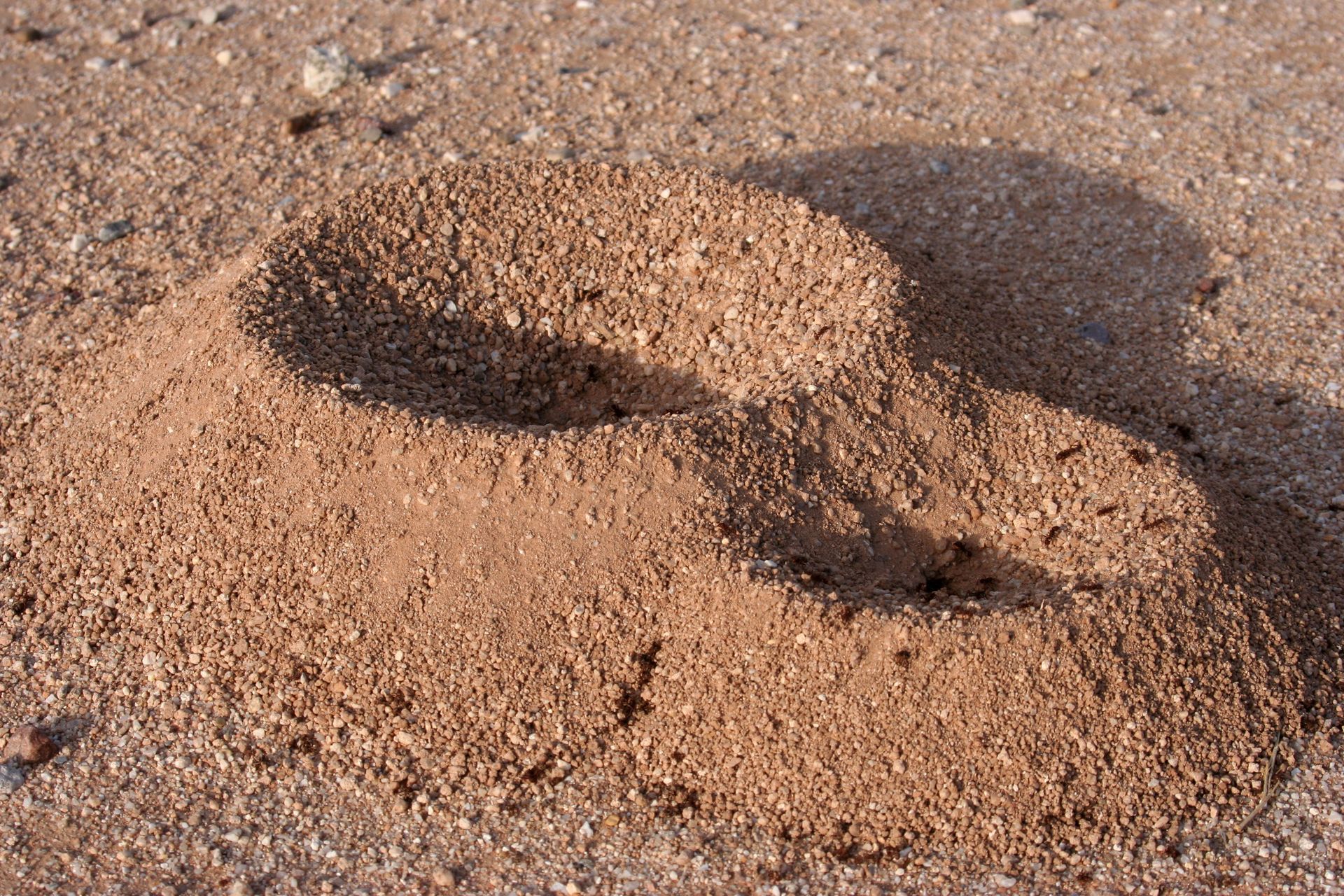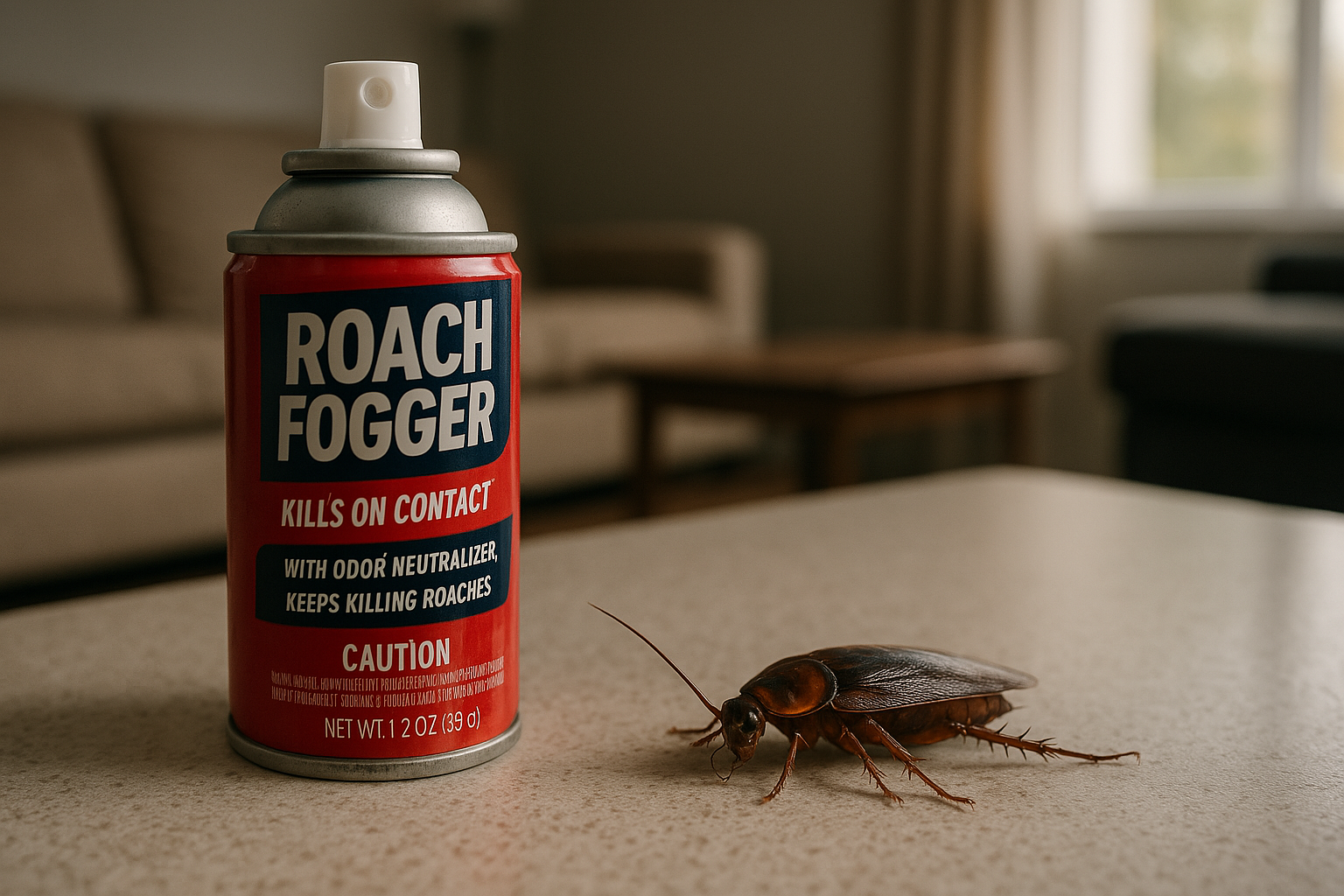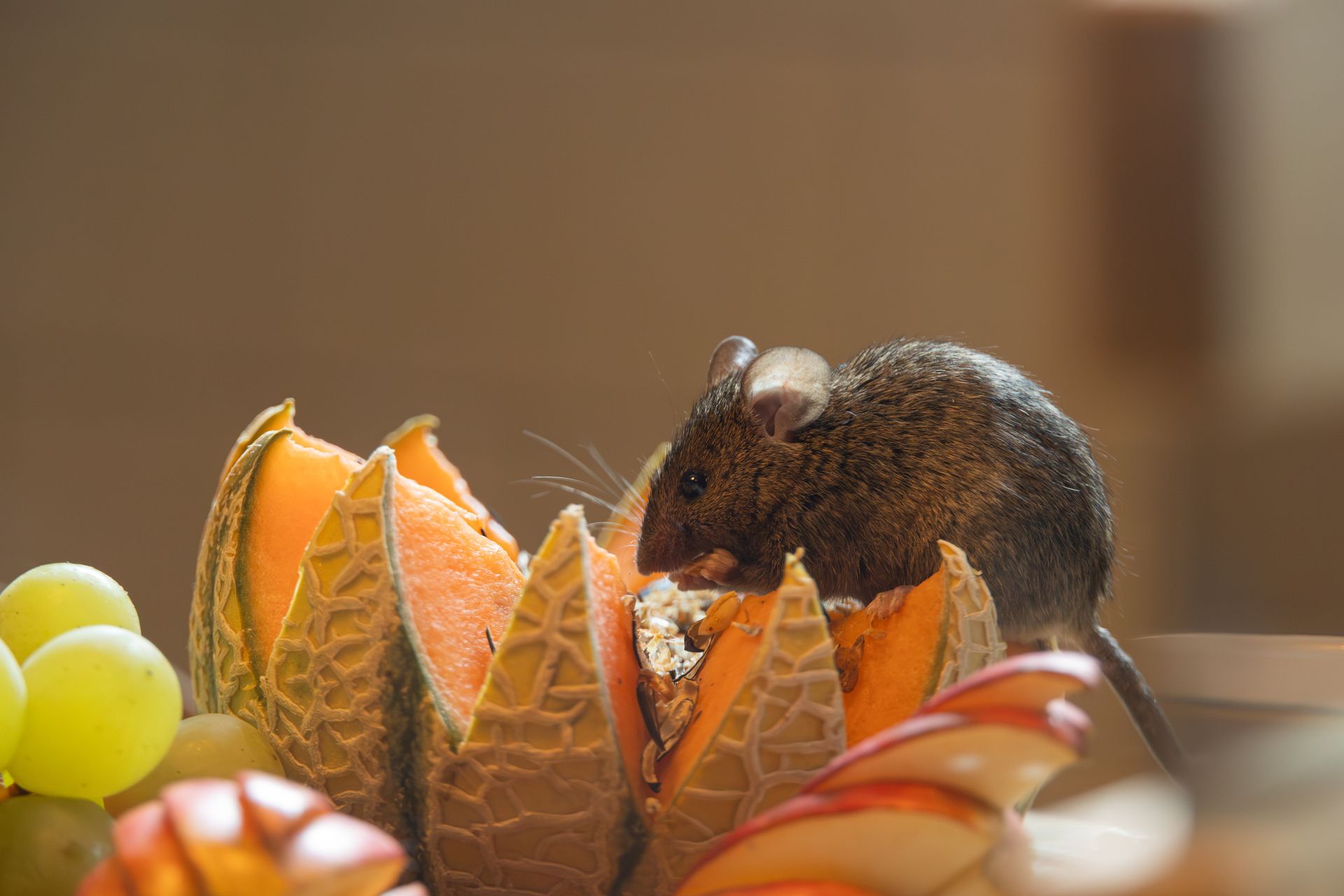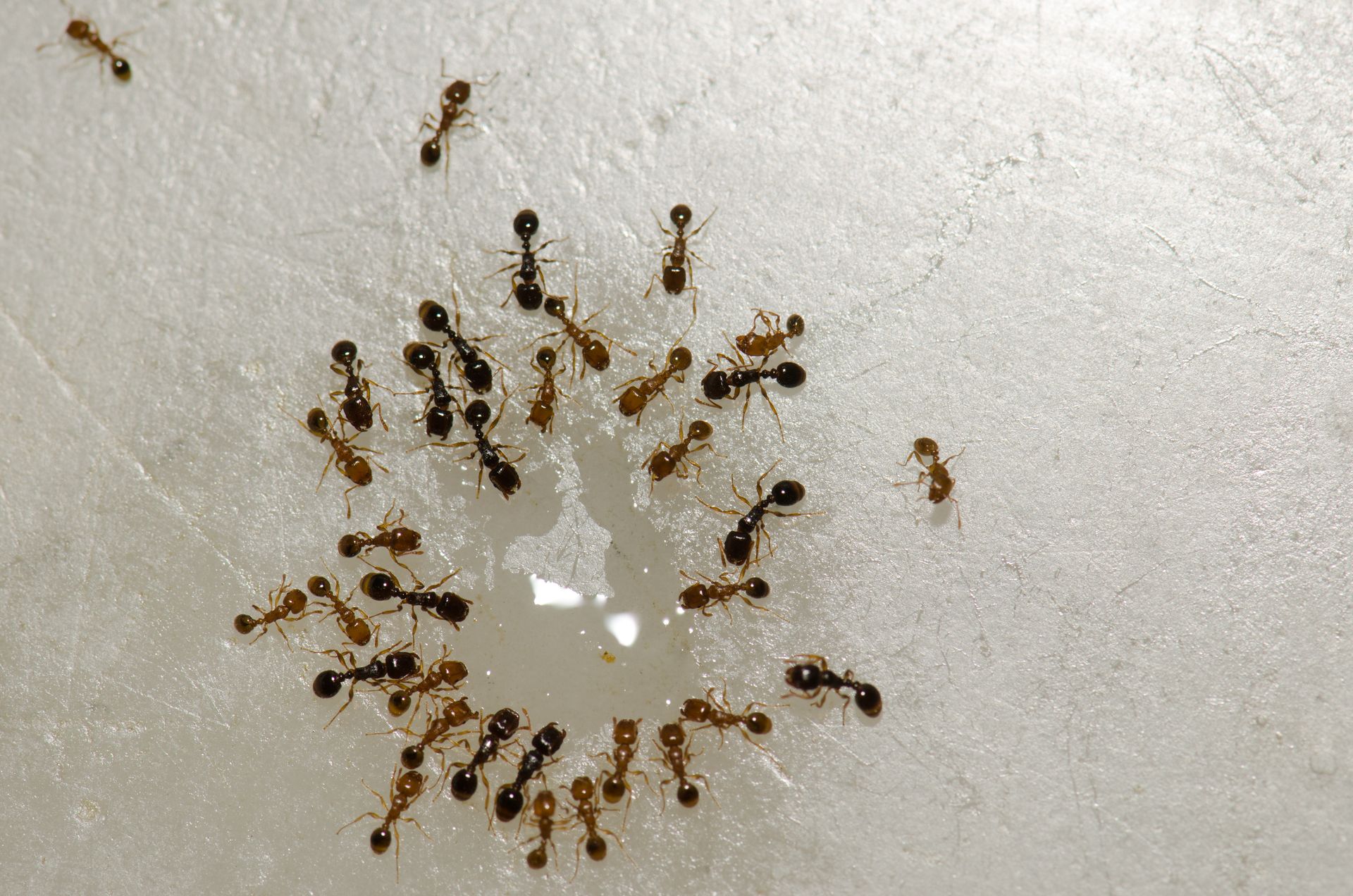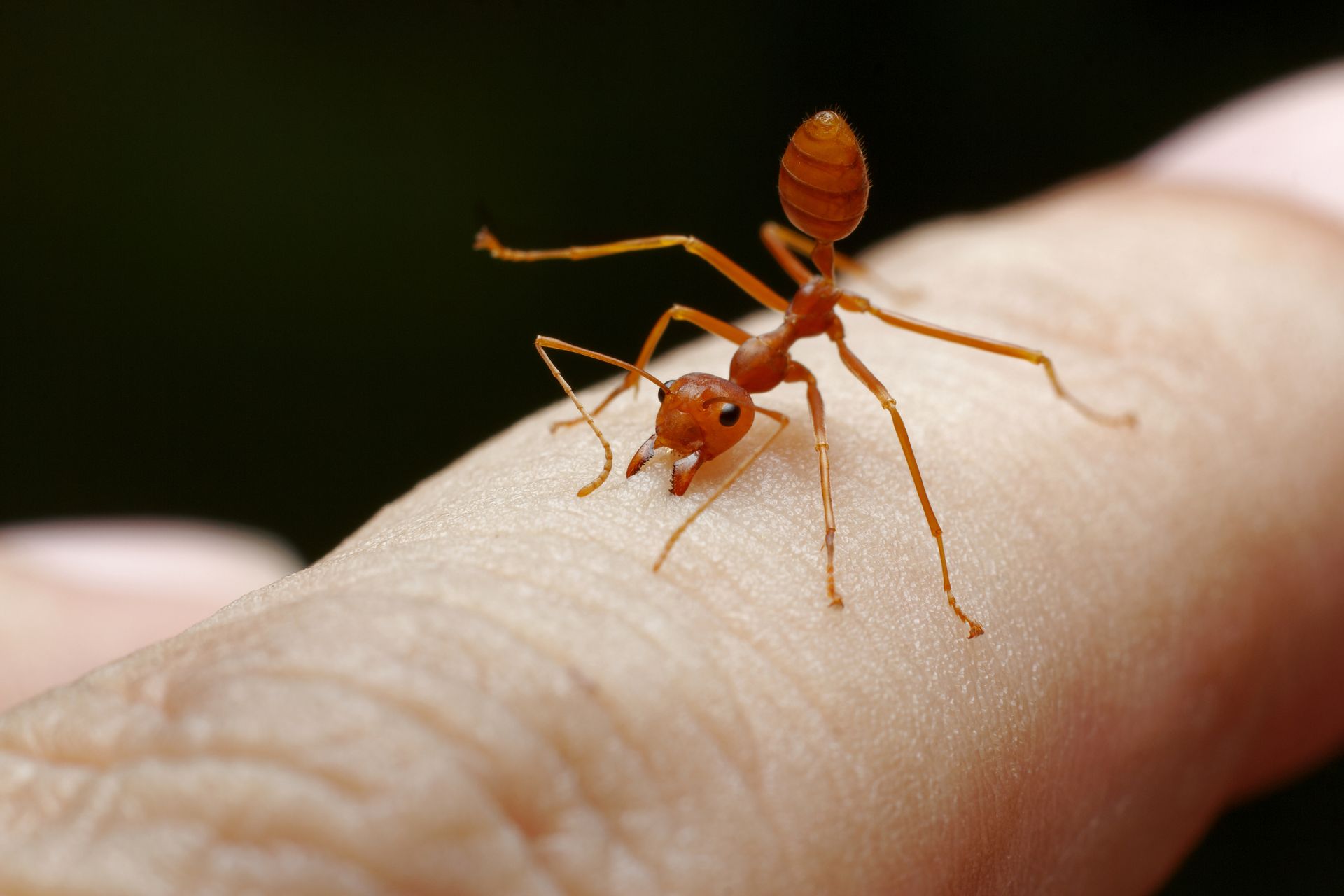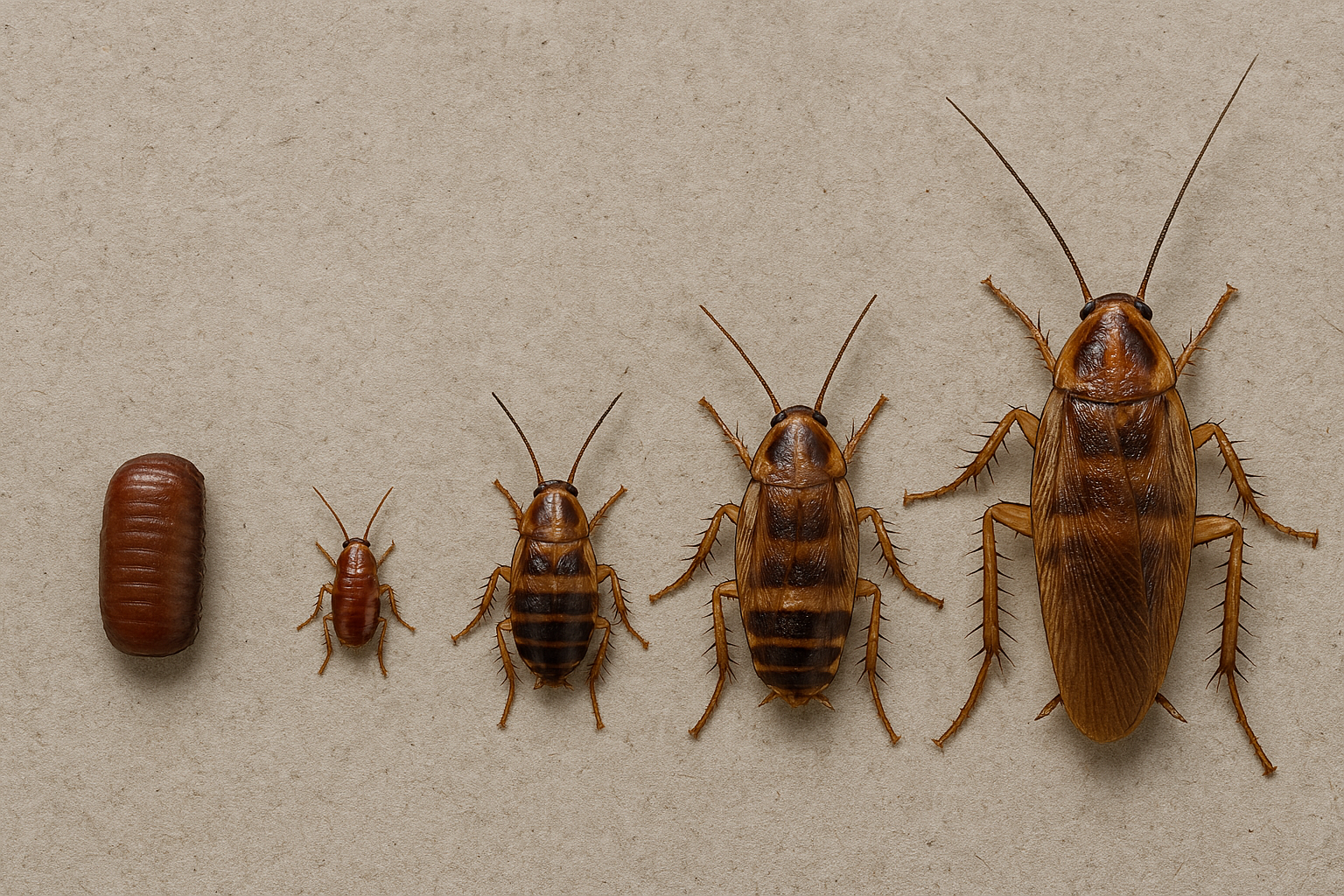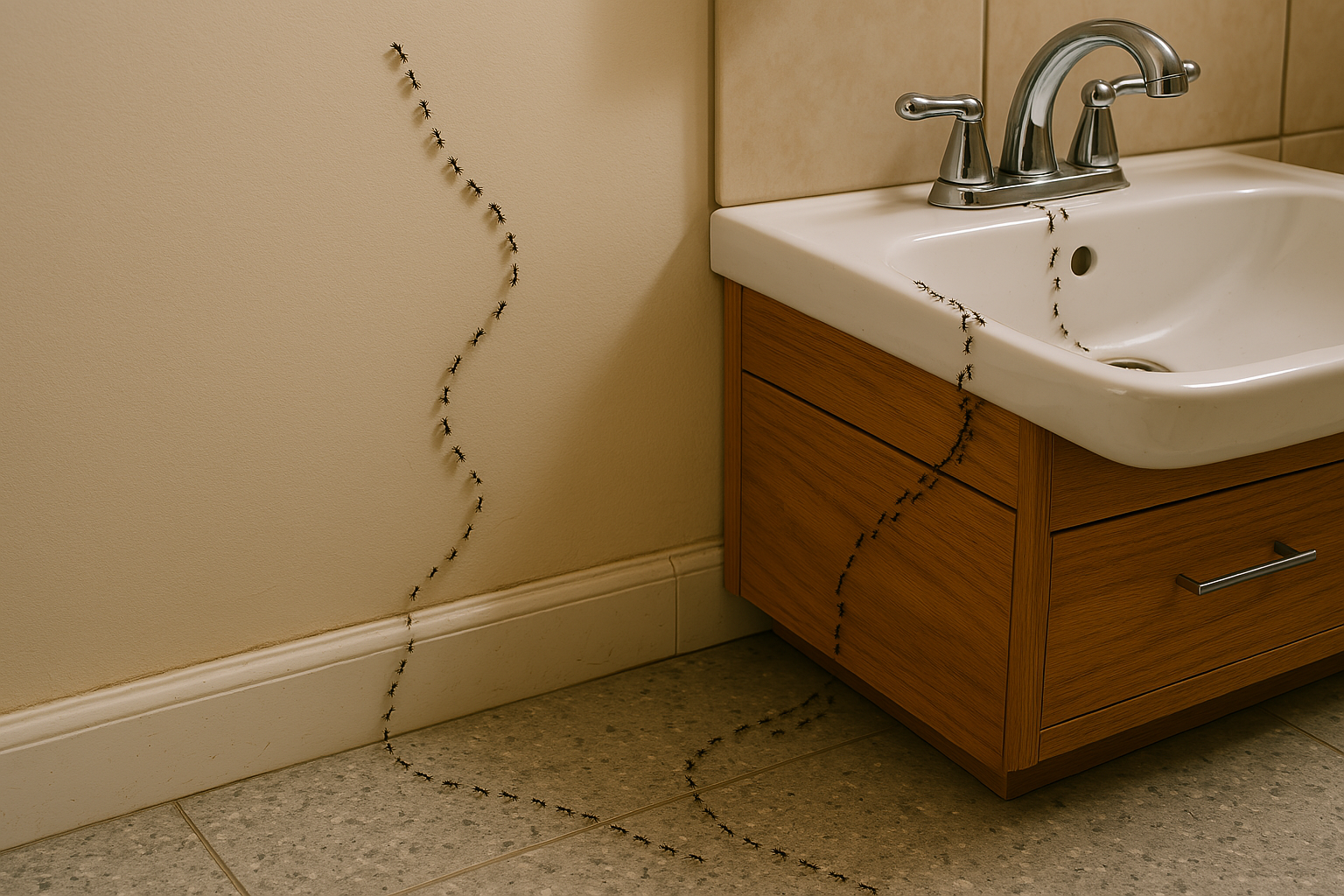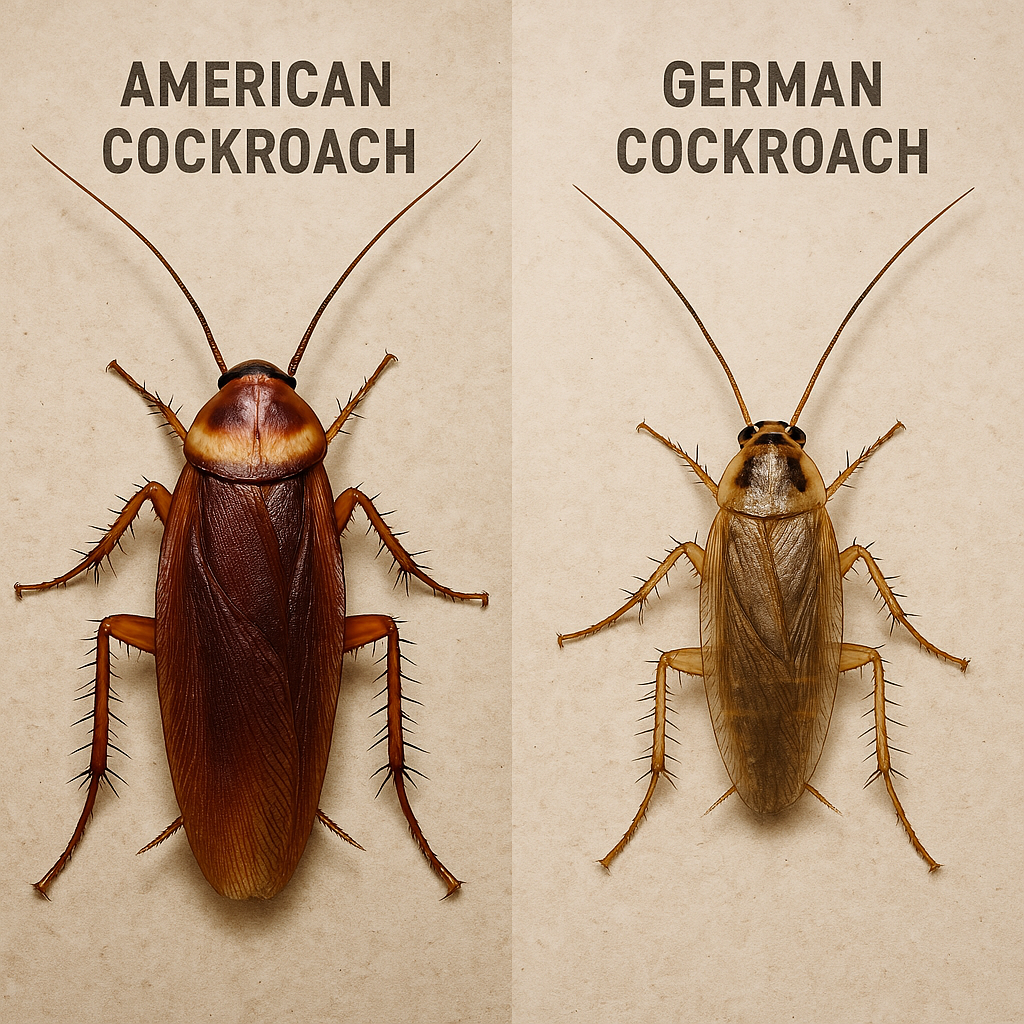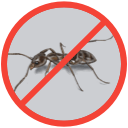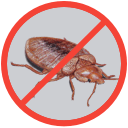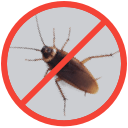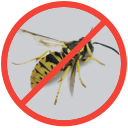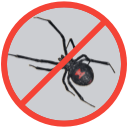Does Mulch Attract Termites? Complete Guide to Safe Mulching Practices
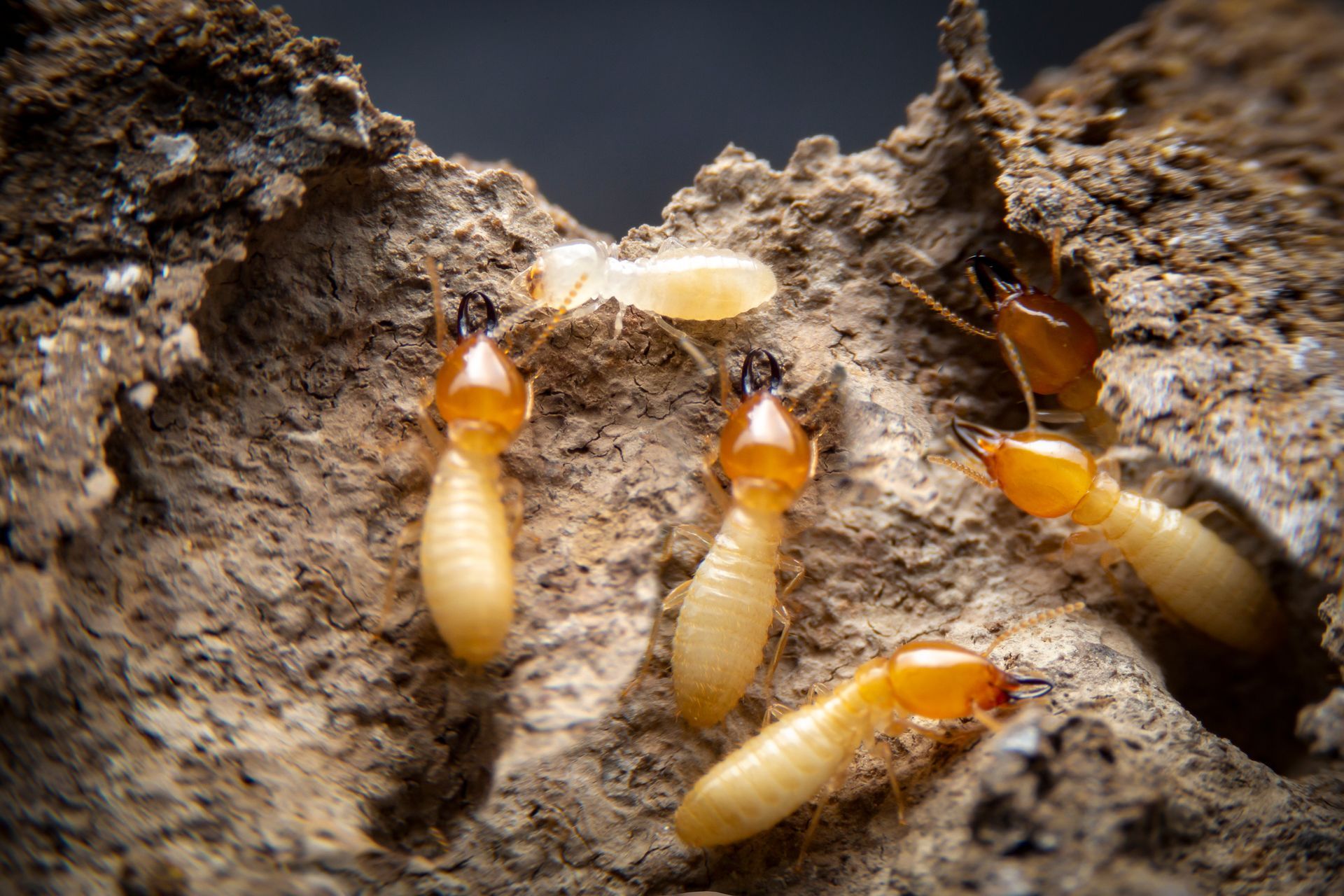
Homeowners across the United States frequently express concerns about whether mulch application in their landscaping might invite termite infestations to their properties. This widespread worry stems from the fact that both mulch and termites involve wood products, leading many to assume a direct correlation between the two. However, the relationship between mulch and termites is far more nuanced than simple attraction or avoidance. The reality is that mulch does not actively attract termites from distant locations, but it can create environmental conditions that favor termite survival and activity when these pests are already present in the area. Understanding this distinction is crucial for homeowners who want to enjoy the benefits of mulching while maintaining effective termite prevention strategies around their homes.
Understanding the Mulch Termite Relationship
The Science Behind the Connection
Scientific research demonstrates that subterranean termites show attraction to moist wood mulch or mulch, but this attraction operates differently than many homeowners imagine. The relationship between mulch and termites centers on environmental conditions rather than direct chemical attraction over long distances. Studies examining subterranean termite foraging activity found that gravel mulch provided higher feeding rates in underground monitors compared to organic mulches, suggesting that the moisture retaining properties of mulch create favorable conditions for termites that are already exploring an area [1]. Research from the University of Maryland confirms that termites were detected with equal frequency beneath mulches of eucalyptus, hardwood, pine bark mulch and pea gravel and bare, uncovered soil, with sustained activity over time being significantly higher beneath gravel mulch, illustrating that termites do not preferentially seek out organic mulch over inorganic alternatives [2].
What Termites Actually Need
Subterranean termites, which cause the most structural damage in the United States, have specific survival requirements that influence their foraging behavior including consistent moisture access while seeking cellulose based food sources. Subterranean termite colonies establish extensive below ground networks, with worker termites venturing up to 75 meters in search of cellulose resources. To protect themselves during surface exploration, these insects construct protective earthen tunnels that shield them from predatory ants and environmental exposure while creating secure pathways to wooden structures. Recent scientific research indicates that young termite colonies reared with wood and nitrogen rich organic soil developed faster compared to those reared on wood and inorganic sand, with colony development being arrested if access to organic soil was removed [3], suggesting that soil composition plays a more critical role in termite colony success than the presence of mulch alone.
Why Mulch Doesn't Directly "Attract" Termites
The distinction between attraction and providing favorable conditions is essential for understanding termite behavior around mulched areas. Iowa State University research confirms that there is no evidence that moist conditions attract termite foragers from the surrounding landscape; rather, when termites wander into a suitable habitat, they are more likely to remain and feed in that area [4]. This behavior pattern explains why homeowners often discover termite activity beneath mulch as the termites were not drawn to the mulch from distant locations but instead encountered the favorable moisture conditions during their normal foraging activities and remained in the area longer than they would in drier conditions. Laboratory experiments demonstrate that mulch fed termites experienced significantly lower survivorship compared to those fed standard laboratory diets, suggesting that although termites actively feed on mulch, they derive inadequate nutrition from these materials, contradicting the assumption that mulch serves as a primary food source capable of sustaining termite populations [5].
Types of Mulch and Termite Resistance
Most Termite Resistant Mulch Types
University of Florida studies determined that melaleuca mulch benefits provided the most resistance to termite feeding among tested mulches, and research published in Arboriculture & Urban Forestry found that fewer than 15 percent of termites survived on melaleuca heartwood, making it a termite-resistant option for homeowners [6]. Cypress heartwood offers comparable protection with similar survival rates, though consumers must exercise caution as most commercial cypress mulches contain sapwood rather than heartwood, and 77 percent of termites survived on cypress sapwood. Cedar based mulching materials release distinctive aromatic chemicals that repel multiple insect species, offering pest management advantages that encompass more than termite control alone. Eucalyptus mulch properties include inherent organic compounds that interfere with termite digestive mechanisms, yet when comparing effectiveness rankings, both cedar and eucalyptus fall short of the exceptional anti-termite characteristics exhibited by melaleuca and cypress heartwood mulch varieties.
Mulch Types to Avoid or Use with Caution
Pine based mulches including loblolly pine and slash pine are favored by termites due to their high cellulose content and relatively soft texture that allows efficient nutrient extraction. Research comparing multiple wood types found that black cherry sapwood was placed at the top of the favorable list for termite feeding, along with loblolly and slash pines, making these materials poor choices for termite conscious landscaping. The distinction between cypress heartwood and sapwood cannot be overstated, as many commercial cypress mulch products contain varying proportions with sapwood often predominating due to cost considerations. Hardwood mulches present variable termite resistance depending on species composition, with studies showing that red oak and black cherry sapwood were susceptible to termites, while utility mulches composed of mixed hardwood species present particular challenges since research found that termites ate more utility mulch than any other mulch tested. Inorganic mulches such as pea gravel, rubber mulch, and decorative stone provide complete termite resistance by eliminating organic food sources, though field studies found that subterranean termites consumed more cardboard in monitoring stations under inorganic ground covers compared with organic mulches, suggesting these alternatives may still provide favorable microclimatic conditions.
Proper Mulching Techniques for Termite Prevention
Foundation Mulch Distance Requirements
University of Florida extension recommendations specify maintaining at least a 12 inch area adjacent to the foundation free of mulch or other ground covers [7], serving multiple purposes beyond simple termite prevention including allowing visual inspection of foundation walls and early detection of termite mud tubes. Building codes require at least a 6 inch inspection gap between mulch and siding to allow detection of termite mud tubes entering structures, though professional pest control operators rely on these inspection zones for regular monitoring activities since mulch placed too close to foundations obscures potential termite entry points and prevents early intervention.
Correct Mulch Depth Recommendations
Florida's UF/IFAS Extension warns that mulch laid too thickly (more than 4 to 6 inches deep) may obscure inspection spaces, increase termites' ability to survive by keeping soil moist and temperatures moderate, and can provide a bridge over treated perimeter soil allowing termites to avoid contact with termiticides, while thick mulch application can also trap moisture and promote rot around plant stems [8]. The optimal mulch depth of 2-4 inches provides sufficient weed suppression and moisture retention benefits while minimizing conditions that favor termite activity by allowing natural drying cycles that make the environment less consistently favorable for termite survival.
Proper Drainage Grading Considerations
Proper water management around building foundations requires building code compliance including installation of irrigation systems at least 1 foot away from building sidewalls, since wall washing irrigation conditions are considered conducive to termite activity. Landscape grading should direct water away from foundations with a minimum slope of 5 percent for the first 10 feet to prevent water accumulation near foundations, while gutter systems and downspouts must discharge water at least 6 feet from foundations to prevent pooling, and French drains should intercept groundwater before it reaches foundation walls.
Creating Termite Barriers
Physical Barrier Installation
Physical barriers provide mechanical protection against termite entry through metal termite shields installed between foundation walls and wooden sill plates, creating continuous barriers that force termites into visible areas where they can be detected. Professional installation requires proper sealing and maintenance to prevent gaps that termites could exploit, while gravel barriers between mulch and foundations provide additional protection by creating zones that termites must cross to reach wooden structures, extending 12-18 inches from foundations and at least 4 inches deep for effectiveness.
Chemical Treatment Considerations
Professional termite pretreatments establish horizontal termiticide barriers in soil beneath buildings and vertical barriers around foundations with treatments applied at specific points during construction, requiring application rates of 1 to 1.5 gallons per 10 square feet depending on soil type. Soil applied termiticides create zones of treated soil that termites cannot survive crossing and typically last 5-10 years depending on conditions, while borate wood treatments provide long term protection for wooden building components using boron compounds that are virtually harmless to humans but deadly if ingested by termites.
Integrated Prevention Strategies
Effective termite prevention requires combining multiple strategies including physical barriers, chemical treatments, moisture control landscaping, and regular inspections working synergistically to provide comprehensive protection. Termite bait systems offer environmentally responsible alternatives using strategically placed monitoring stations to detect termite activity and deliver targeted treatments that eliminate entire colonies, while building design modifications using termite resistant framing materials like steel, brick, concrete, and stone, along with termite resistant sheathing and siding options create structures that are inherently less vulnerable to termite attack.
How to Spot Signs of Termite Activity Around Mulch
Visual Inspection Techniques
Regular visual inspections around mulched areas provide early warning through detection of mud tubes constructed on foundation walls or wooden structures, termite swarms that produce discarded wings accumulating around doors and windows during spring and fall seasons, and wood damage appearing as hollowed out structures with thin remaining surfaces often accompanied by small piles of termite excrement. These inspection activities should focus on areas where mulch meets foundations, wooden structures, and landscape features since these locations represent the most likely points for termite entry attempts.
Seasonal Monitoring Schedules
- Spring monitoring coincides with primary termite swarming season when reproductive termites are most visible, requiring increased inspection frequency during March through May for early detection.
- Summer months demand attention to moisture management and mulch condition since high temperatures and irrigation practices can create excessively favorable conditions.
- Fall preparation includes final mulch management before winter and assessment of any termite activity that developed during the growing season, ensuring problems are addressed before winter dormancy periods that can mask ongoing activity.
When to Call Professionals
Early intervention provides the best outcomes for termite management, requiring homeowners to contact professional pest control operators when observing any signs of termite activity regardless of how minor the evidence appears. Professional termite control services provide expertise in termite species identification, colony location, and treatment selection that homeowners cannot replicate, while emergency situations requiring immediate professional attention include discovery of live termites, extensive mud tube networks, or evidence of structural wood damage indicating established termite activity requiring comprehensive intervention.
Mulch Maintenance Best Practices
Regular Replacement Schedules
Termite resistant mulch loses its effectiveness over time, requiring replacement of melaleuca, cedar, or cypress mulch every two to three years to maintain optimal termite deterrent properties while preventing excessive mulch accumulation. Mulch replacement provides opportunities to inspect underlying soil conditions and assess any changes in termite activity through complete removal of old mulch, allowing evaluation of soil moisture levels and termite mud tube identification or other activity signs, with timing coordinated with seasonal landscape maintenance activities to maximize efficiency.
Ongoing Care and Monitoring
Regular raking and turning of existing mulch prevents matting and maintains proper moisture levels since compacted mulch retains excessive moisture and creates continuously favorable conditions for termite activity. Debris removal includes fallen leaves, dead plant material, and wooden items that might accumulate in mulched areas, while irrigation adjustments should account for mulch moisture retention properties since overwatering mulched areas creates excessively moist conditions that favor termite activity while potentially harming plant health through root rot and fungal diseases.
Integration with Overall Landscape Management
Mulching strategies should complement broader landscape management goals including plant selection, irrigation design, and seasonal maintenance schedules that consider termite prevention requirements alongside aesthetic and horticultural objectives. Coordination with pest control professionals ensures that mulching practices support rather than interfere with termite monitoring and treatment programs, while documentation of mulch installation, replacement, and maintenance activities creates records supporting warranty claims and insurance requirements since professional pest control warranties often specify mulch management requirements.
How to Get Rid of Termites in Mulch
When termites are discovered within mulched areas, the first step involves removing all affected mulching material from the infested zone. Clear mulch extending at least three feet beyond any visible termite activity, disposing of the contaminated material in sealed bags to prevent colony relocation. Rake the exposed soil thoroughly to disrupt any shallow tunneling networks that may have developed beneath the mulch layer.
Soil Treatment Options
Apply termiticide treatment to the cleared soil surface following manufacturer specifications for outdoor applications. Focus treatment on areas directly adjacent to structural foundations, as these represent the highest risk zones for termite migration toward buildings. Allow treated soil to dry completely before considering any replacement mulching materials.
Professional Consultation
Contact licensed pest control specialists when termite populations appear extensive or when infestations occur repeatedly in the same location. Professional assessment can identify underlying moisture issues, nearby colony sources, or structural vulnerabilities that contribute to recurring termite problems in landscaped areas.
Common Myths and Misconceptions
The persistent myth that mulch directly causes termite infestations has led many homeowners to avoid beneficial landscaping practices unnecessarily, though research definitively establishes that mulch does not attract termite foragers from surrounding landscapes. Another common misconception suggests that bagged mulch from retail stores commonly contains live termites that can establish infestations, but the chipping process used to create bagged mulch makes termite survival extremely unlikely, and separation from colonies prevents establishment of new infestations even if termites survived processing. The belief that organic vs inorganic mulches both equally support termite activity ignores significant differences in termite resistance among different wood species, as scientific research demonstrates clear preferences among termites for different wood types with some species providing substantial resistance while others prove highly attractive.
Scientific Evidence vs. Anecdotal Claims
University research involving controlled experiments with multiple termite species and various mulch types provides reliable data for decision making, contrasting with anecdotal observations that may misattribute termite activity to mulch presence since controlled studies account for variables that casual observation cannot evaluate. Peer reviewed research publications undergo rigorous evaluation by expert scientists before publication, ensuring conclusions are supported by valid experimental evidence, while industry marketing claims and casual observations lack this verification process and may promote misconceptions, with long term studies tracking termite activity over multiple seasons providing more reliable information than short term observations that may coincide with natural termite population fluctuations unrelated to mulching practices.
Regional Considerations
Termite activity varies significantly with regional climate conditions, with humid environments generally supporting higher termite populations than arid regions, requiring mulching practices that account for these baseline differences in termite pressure. High humidity regions require more aggressive termite prevention measures including greater foundation distances and more frequent monitoring schedules, while desert climates may allow more relaxed mulching practices. Seasonal weather patterns influence both termite activity and mulch performance with regions experiencing extended dry seasons potentially benefiting from deeper mulch applications that would be problematic in consistently humid climates. Building codes vary significantly among states and localities with some jurisdictions requiring specific termite prevention measures during construction while others rely on voluntary compliance. Local requirements often reflect regional termite pressure and historical damage patterns, while insurance requirements may specify termite prevention measures that affect mulching decisions.
Cost Benefit Analysis of Safe Mulching
Subterranean termite prevention is critical because they cause an estimated USD 30 billion annually in damage to wood structures and control costs globally, making termite prevention investments economically justified for most homeowners since the cost of termite resistant mulch represents a small fraction of potential damage costs. Premium mulch products such as melaleuca or cypress heartwood may cost 50-100% more than standard pine based alternatives, but this additional cost is minimal compared to termite treatment expenses that can range from thousands to tens of thousands of dollars. Long term economic analysis should consider mulch replacement schedules with more durable termite resistant options potentially providing better value despite higher initial costs.
Landscape Value and Aesthetics
Termite resistant mulching does not require sacrificing landscape beauty or plant health benefits since many termite resistant mulch options provide attractive appearances that enhance property values while supporting plant growth. The moisture retention and weed suppression benefits of proper mulching contribute to landscape health and reduce maintenance requirements, with these benefits continuing to accrue regardless of mulch selection which makes termite resistant choices cost neutral for most applications. Professional landscape design can incorporate termite prevention principles while achieving aesthetic goals through appropriate mulch types and placement strategies that satisfy both functional and visual objectives.
Contact EcoGuard Pest Management if You Are Dealing with Termites
If you discover signs of termite activity around your property or have concerns about implementing safe mulching practices, professional assistance can provide valuable guidance and peace of mind. EcoGuard Pest Management specializes in comprehensive termite prevention and treatment strategies that work in conjunction with responsible landscaping practices, offering expertise in termite species identification, colony location techniques, and integrated management approaches that address both immediate threats and long term prevention. Our experienced technicians can evaluate your specific property conditions and provide customized recommendations for mulch selection, placement, and maintenance that support your landscape goals while maintaining effective termite protection. Don't let termite concerns prevent you from enjoying the benefits of proper mulching in your landscape. Contact EcoGuard Pest Management today to develop a comprehensive strategy that protects your property investment while allowing you to maintain beautiful, healthy landscaping that enhances your home's value and appeal.
FAQ Section
What type of mulch is most termite resistant?
Melaleuca (paper bark) mulch provides the highest level of termite resistance, with University of Florida studies showing that less than 15 percent of termites survived on melaleuca heartwood. Cypress heartwood provides comparable resistance, but consumers must ensure they purchase true heartwood rather than sapwood products.
How far should mulch be from house foundation?
University of Florida extension recommendations specify maintaining at least a 12 inch area adjacent to the foundation free of mulch or other ground covers. This distance allows for proper termite inspection zones and prevents mulch from creating mulch bridges over treated soil barriers.
Does cedar mulch repel termites?
Cedar mulch contains natural oils that provide moderate termite deterrent properties, though the effectiveness varies depending on the specific cedar species and oil content. Research shows highly variable results for cedar's termite resistance, with effectiveness moderately correlated with the redness of the wood.
Can mulch cause termite infestations in homes?
Scientific research confirms that mulch does not attract termite foragers from surrounding landscapes; rather, when termites encounter suitable habitats during normal foraging, they are more likely to remain and feed in those areas. Mulch creates favorable conditions but does not cause infestations by itself.
What is the safest mulch to use around houses?
The safest mulch options include melaleuca, cypress heartwood, and cedar mulch for organic choices, or inorganic alternatives such as pea gravel or rubber mulch. These materials either resist termite feeding or eliminate organic food sources entirely.
How deep should mulch be to avoid termites?
Optimal mulch depth ranges from 2-4 inches, as applications thicker than 4-6 inches create excessively moist conditions that favor termite activity and can bridge over treated soil barriers. Proper depth provides plant benefits while minimizing termite risks.


